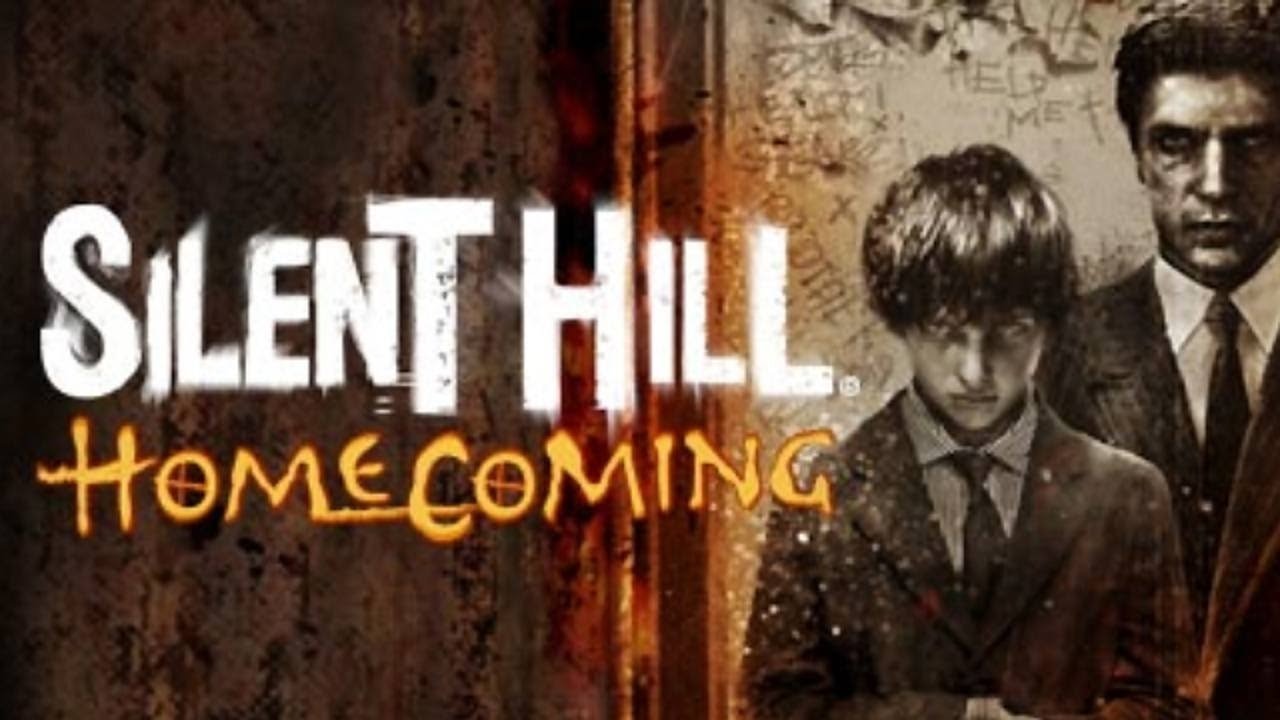
Sixteen years ago, Silent Hill: Homecoming marched onto the PlayStation 3 and Xbox 360, marking the franchise’s ambitious, if somewhat shaky, first steps into the HD era. Developed by Double Helix, Homecoming attempted the precarious balancing act of modernizing the series while clinging to its iconic, unsettling roots. The result? A divisive entry that, despite its flaws, remains a fascinating case study in survival horror evolution.
Homecoming ditches the familiar foggy streets of Silent Hill for Shepherd’s Glen, a crumbling town steeped in its own dark secrets. We follow Alex Shepherd, a soldier returning home to find his brother missing and his family fractured. As Alex unravels the disturbing connection between his hometown and the infamous Silent Hill, he confronts the weight of past sins and the terrifying power of guilt. Konami envisioned Homecoming as Silent Hill Five, a true next-gen showcase. “This was the big one,” recalled producer Tomm Hulett. “The chance to finally see Silent Hill in high definition.” But the shadow of Resident Evil 4 loomed large, forcing the developers to grapple with the genre’s shifting identity. “The question wasn’t just about adding action,” Hulett explained. “It was about finding our thing. Modernizing without losing the essence of Silent Hill.”
Homecoming introduced a revamped combat system, reflecting Alex’s military training. Over-the-shoulder aiming, a streamlined weapon wheel, and a more skill-based melee system, complete with combos and dodges, brought a fresh, albeit controversial, feel to the series. Lead artist Brian Horton described the goal: “Combat needed to feel survival-focused, where skill mattered, not just resource management.” Yet, the core survival horror DNA remained. Ammunition and health items were precious commodities, the HUD remained minimalist, and the familiar hallmarks of the series – the oppressive fog, the blood-drenched otherworld, and the grotesque monster designs – were all present and accounted for.
Initially conceived as part of a trilogy culminating in a showdown between Alessa Gillespie and Josh Shepherd, Homecoming’s story ultimately took a different path, albeit one still intertwined with Silent Hill’s complex lore. The return of iconic creatures like the Nurses and a Pyramid Head stand-in (dubbed the Bogeyman) divided fans. Some appreciated the nostalgic nods, while others criticized it as lazy fan service. Visually, Homecoming leaned heavily on the aesthetic of the 2006 Silent Hill film, offering a grittier, more cinematic look. This, too, proved divisive, pleasing some while alienating others who longed for a fresh visual direction.
Homecoming met with lukewarm reviews, averaging scores around seven out of ten. Critics praised the visuals and atmosphere but pointed to predictable plot points and uneven combat as its weaknesses. Within the fanbase, the game remains a contentious topic. While its modernized gameplay and cinematic presentation were steps forward, some argued that Homecoming lacked the psychological depth and innovative narrative that defined its predecessors.
Homecoming represents a pivotal moment in Silent Hill’s history – a sometimes clumsy, sometimes intriguing attempt to navigate the changing landscape of survival horror. It may not have redefined the series, but it laid the groundwork for future experimentation, like the narrative-driven approach of Shattered Memories. Looking back, Homecoming serves as a cautionary tale and a testament to the delicate dance between honoring tradition and embracing innovation. It’s a reminder that even a stumble into the fog can illuminate the path forward.
التعليقات
املأ النموذج أعلاه لترك تعليق